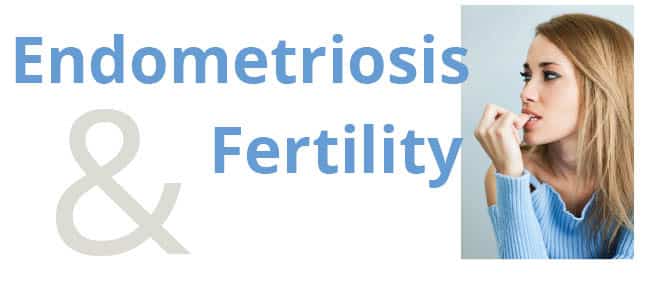Many women suffer from infertility. Endometriosis is a common cause of infertility that affects millions. Endometriosis is a condition in which tissue that is similar to the one found in the uterus is also found elsewhere on the body.
There are four types of endometriosis, ranging in severity from mild to severe. Although mild endometriosis is more common, women with mild cases are fertile. However, severe cases can cause anatomical distortions. It can lead to infertility if it is severe.
The most recent theory says that women with endometriosis-related infertility lack an enzyme that allows the embryo to attach to the uterine wall, which happens in a normal pregnancy. There are many theories about how endometriosis can cause infertility. Doctors differ on this issue. It may cause infertility through hormonal abnormalities, distorting anatomy and altering the pelvic biochemical climate, interfering or influencing the immune response.

Image Source: Google
Infertility, which is the most severe consequence of endometriosis, is conclusive. Infertility can occur in addition to the usual pain associated with the disease. Sometimes, women suffering from endometriosis may be able to have children. Endometriosis can be treated with natural therapies, diet changes, and surgery to repair damage to the reproductive organs. Another option is in vitro fertilization (IVF).
